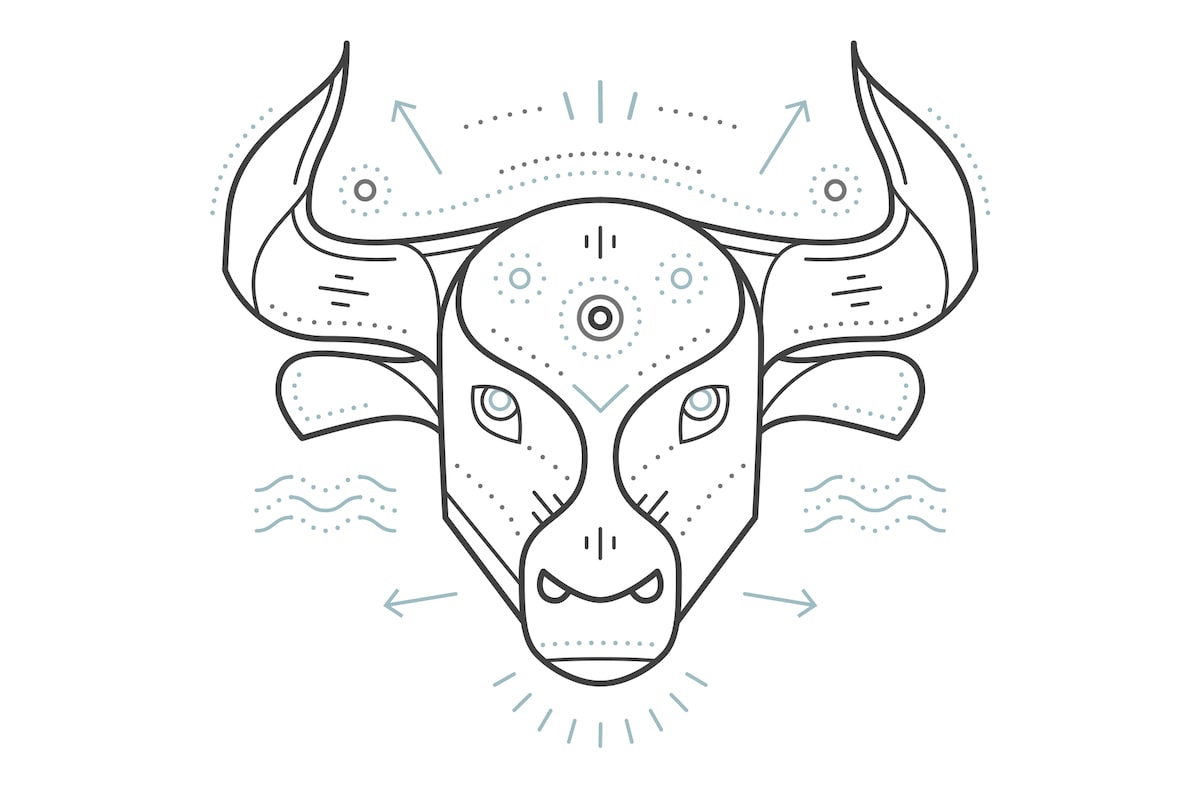Travel
Travel Like You’re a Local With Google’s AI Maps
:max_bytes(150000):strip_icc()/001-Charlie-GoogleAIMaps-cardmapr-nl-lMcHm_tzR3I-unsplash-7405150edb8a4db6b69f2c6b7e1ed3ef.jpg)
- Google Maps is adding AI features to make it more like a local guide.
- AI maps could pull in all kinds of data to help you find what you want.
- This is especially useful for travelers who don’t know the city they are visiting.
Google Maps.
CardMapr.nl / Unsplash
It is both easy and difficult to find anything on Google Maps. Finding the nearest Starbucks is easy. Finding the nearest local coffee shop with vegan pastries and a cool, friendly vibe, and that doesn’t allow dorks with laptops to monopolize the tables is hard.
This is where AI comes in. Instead of a simple name and keyword search, Maps can use machine learning, or large language models (LLMs), to tease out data that’s not in the Yelp description. In short, it can read between the lines and could theoretically give a visitor the equivalent of an experienced local guide without actually having to resort to speaking to a local.
“My travels have taught me the importance of reliable, accurate information. With its extensive deep map and place data, Google Maps has often been a trusted companion. The prospect of AI-enhanced maps, built on this foundation, offers an exciting leap forward,” Stephan Drescher, the founder of Germany Travel Blog and a seasoned traveler, told Lifewire via email.
Smarter AI Maps
Google has been putting AI into maps since before it was fashionable. In 2021, it added AI to its turn-by-turn routing feature, using machine learning to identify “braking events” and routing users to avoid those events. It also uses AI to identify road data from its Street View images and translate them onto its maps. This enables what Google calls “detailed street maps” and allows it to add bike lanes, zebra crossings, and other non-standard street features to its maps.
Google Maps.
All of this is fine, but it’s the new LLM capabilities that we’re talking about here. This is where Google uses the same tech that’s behind Chat GPT, Dall-E, and other ‘AI’ creation tools to make sense of all the metadata around a place that usually gets left out by a basic map search.
Google’s AI mapping tech does integrate with its Local Guides scheme, where real humans contribute local knowledge in return for points and ‘recognition,’ as well as ratings, business info, and photos.
The result will go something like this, according to Google’s blog post: You might ask Maps for “places with a vintage vibe in SF,” and it would give you lists of places arranged into categories—record stores, vintage clothing stores, a cool coffee shop, and so on.
You could then further specify that you want lunch, so Maps would dig into its vintage results for a place that suits you. Other examples include activities for a rainy day or things to do with kids.
Google matches photos to the dishes listed in online menus.
SDI Productions / Getty Images
Google is also using AI to match actual photos to dishes on restaurant menus, so you can see if the croissant is sufficiently vintage enough before even taking one step.
Your AI Travel Guide
This is obviously a huge boon for travelers, who often have zero knowledge of the place they’re visiting. I still remember my first visit to Berlin for a press event, pre-smartphone. I stayed in a hotel in what seemed like the middle of nowhere and ate at some dodgy cardboard pizza place with paint-stripping house wine. When I moved to the city some years later, I realized that had I turned left instead of right out the door, I would have hit one of Berlin’s best streets for food.
Maybe Google’s AI maps would have steered me better, and it can only improve if Google adds its other data into the mix.
Because Google already indexes the entire public web, it can draw all kinds of conclusions about real-world places. Imagine if you read every blog post about a city, every restaurant review, and a ton of social media posts. If you could do that and still remain conscious, you might be a great person to ask about the city.
Google Maps walking directions.
Oscar Wong / Getty Images
“Personally, I’m cautiously optimistic. The depth and accuracy of Google’s data can make AI-based recommendations incredibly useful, offering insights and discoveries that might be missed otherwise. I would trust it to guide me to well-reviewed, popular sites; however, the charm of travel often lies in serendipity and the wisdom of local insights that you can’t get from an algorithm,” RV travel writer Anthony Smith told Lifewire via email.
This is exactly the kind of thing that machine learning is good for. Once you have created the model and set the computers to ingest and sift through all that information, it can use the data in ways impossible for humans. While we distract ourselves with chatbots that slowly go off the rails and make up all kinds of lies, companies like Google are developing some genuinely useful ways to use this tech, training it on good data with clear boundaries and objectives so that it can draw conclusions we might never reach otherwise—or at least not in seconds, just by running a map search.
Thanks for letting us know!
Tell us why!










